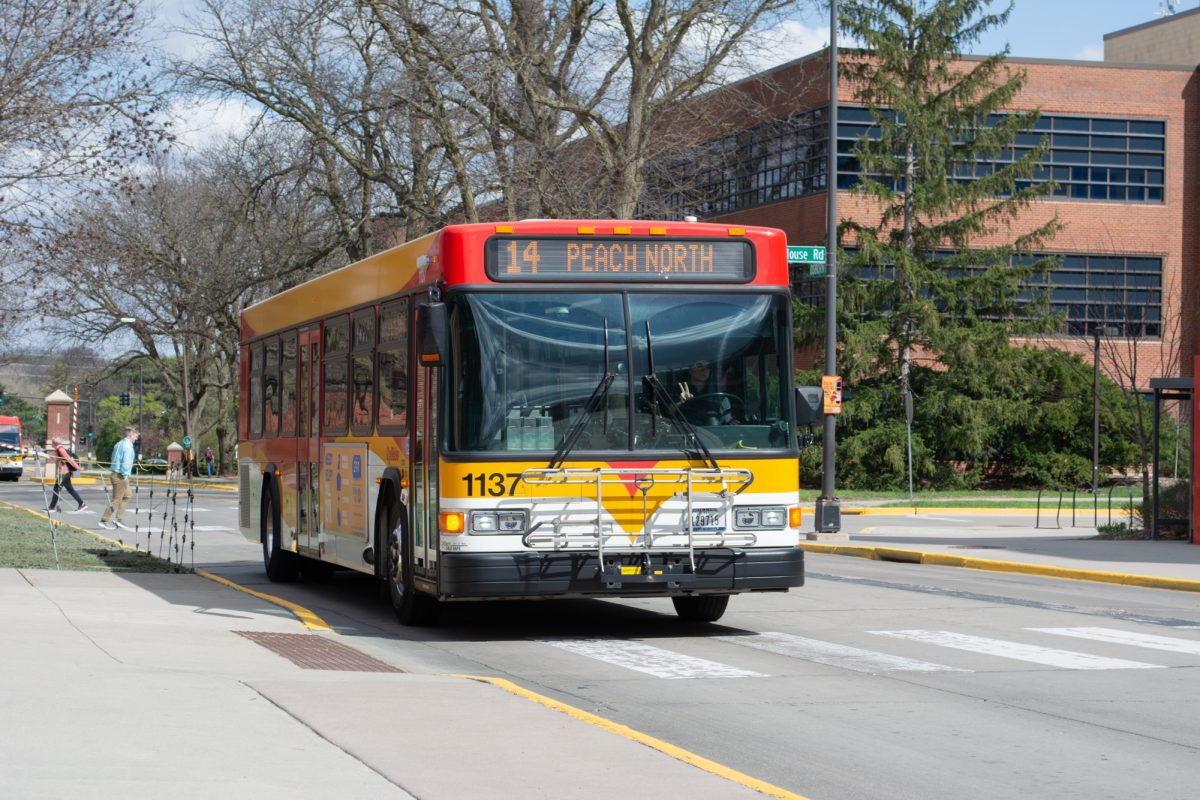Record for energy use broken
July 28, 2005
As temperatures pushed 100 degrees on Monday, a new electricity use record was set in Ames.
The new record for power use in Ames, 120.5 megawatts, broke the old record of 118 megawatts set in August 2003, thanks to the recent heat wave.
Merlin Hove, director for Ames Electric Services, said the new peak could increase long-run estimates of power use in Ames and as a result increase costs for consumers.
“This is actually less than we projected, so it’s within our guidelines,” he said. “There isn’t a direct cost, it’s more a long-term cost.”
Hove said 126 megawatts had been predicted as the peak power use. As a member of the Mid-Continent Area Power Pool, Ames is required to keep an extra 15 percent of the estimate in reserve, said Steve Wilson, energy services coordinator for Ames Electric Services.
Still, as the peak rises, Ames Electric Services will keep an increasing amount of power in reserve, costing electric consumers.
“In the long run, the higher the demands, the more it’s going to drive up our costs,” Wilson said. “If the temperatures continue to be hot and the community keeps growing and our estimates keep rising, it’s going to cost more and more.”
Power generators in Ames should be able to keep up with demand — if they are not able to, Hove said power can also be purchased, which on hot days can cost up to three times what it costs to generate.
Wilson said the two generators at the Ames Power Plant are able to provide approximately 100 to 105 megawatts, which is enough for most days. He said a back-up turbine on Dayton Avenue can generate an extra 18 megawatts. A second backup turbine, completed recently and in its final testing stages, can generate approximately 29 megawatts.
“That can change a little bit every year,” Wilson said of the generating ability of the various Ames power sources. “The reason for that is they test them every year, and the capacity can fluctuate depending on a lot of different variables.”
Wilson said Ames residents can reduce their power consumption by approximately 30 percent by following common-sense energy saving tips.
“If you don’t have to have it on, turn it off,” he said.
Day to day energy use predictions and conservation recommendations can be found at www.cityofames.org.






